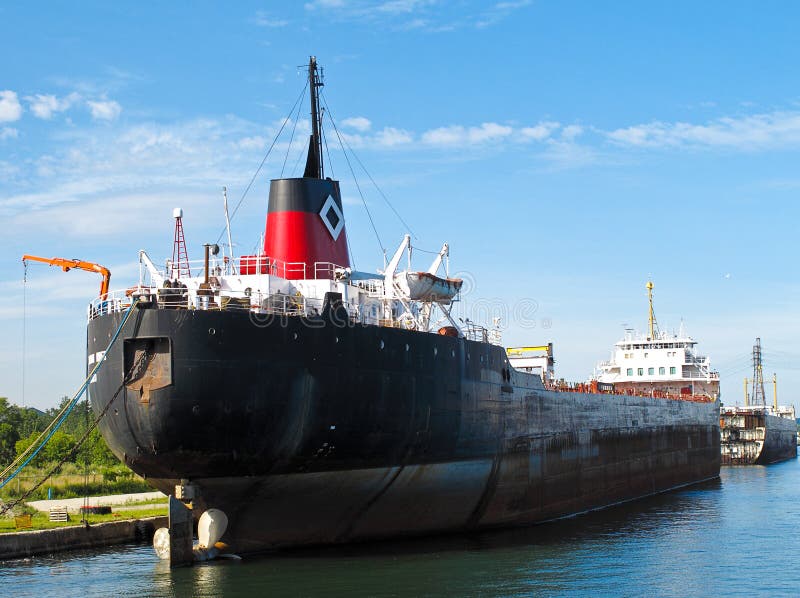
It had a high power-to-weight ratio and was fuel efficient. The high-pressure steam engine was the development that made the steamboat practical. Despite the improved efficiency and rotary motion, the power-to-weight ratio of Boulton and Watt steam engine was still low. The rotary steam engine simplified the mechanism required to turn a paddle wheel to propel a boat. James Watt's design improvements increased the efficiency of the steam engine, improving the power-to-weight ratio, and created an engine capable of rotary motion by using a double-acting cylinder which injected steam at each end of the piston stroke to move the piston back and forth. The heavy weight of the Newcomen engine required a structurally strong boat, and the reciprocating motion of the engine beam required a complicated mechanism to produce propulsion. The piston relied on the weight of the rod connecting to the underground pump to return the piston to the top of the cylinder. The piston stroke was caused by a water jet in the steam-filled cylinder, which condensed the steam, creating a vacuum, which in turn caused atmospheric pressure to drive the piston downward. The Newcomen engine also produced a reciprocating or rocking motion because it was designed for pumping. These engines were large, heavy, and produced little power, which resulted in an unfavorable power-to-weight ratio. As using steam became more reliable, steam power became applied to larger, ocean-going vessels.īackground Limitations of the Newcomen steam engine Įarly steamboat designs used Newcomen steam engines. The term steamboat is used to refer to smaller, insular, steam-powered boats working on lakes and rivers, particularly riverboats. or S/S (for 'Screw Steamer') or PS (for 'Paddle Steamer') however, these designations are most often used for steamships. Steamboats sometimes use the prefix designation SS, S.S. Launched 1842, converted 1851, decommissioned 1878.A steamboat is a boat that is propelled primarily by steam power, typically driving propellers or paddlewheels. Stockholm, launched 1856, converted on stocks.


Converted to sail/steam and entered service in 1857. Souverain: laid down in Toulon in 1813, launched in 1819.Served in the Second Schleswig War in 1864.ġ0 built, 28 converted Napoléon class See List of ships of the line of the Royal Navy#List of unarmoured steam ships-of-the-line of the Royal Navy (1847-61)ġ8 built, 41 converted Denmark List of steam powered ships of the line Austria


 0 kommentar(er)
0 kommentar(er)
